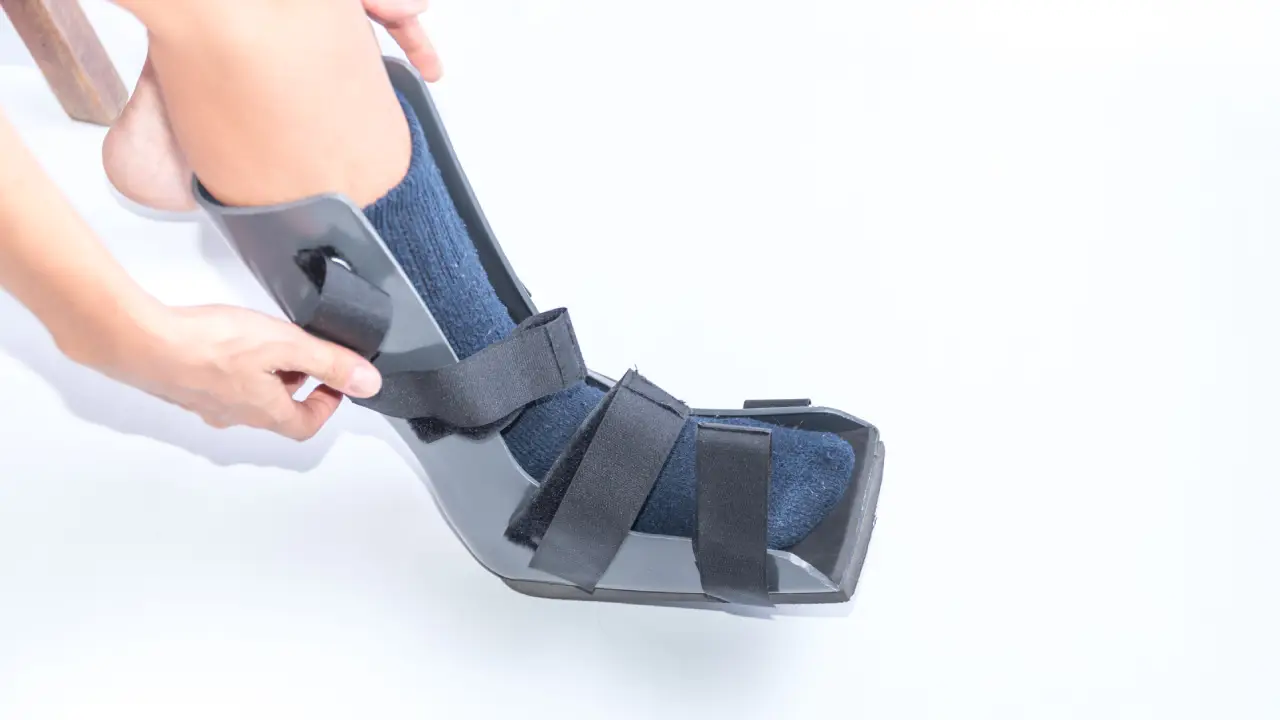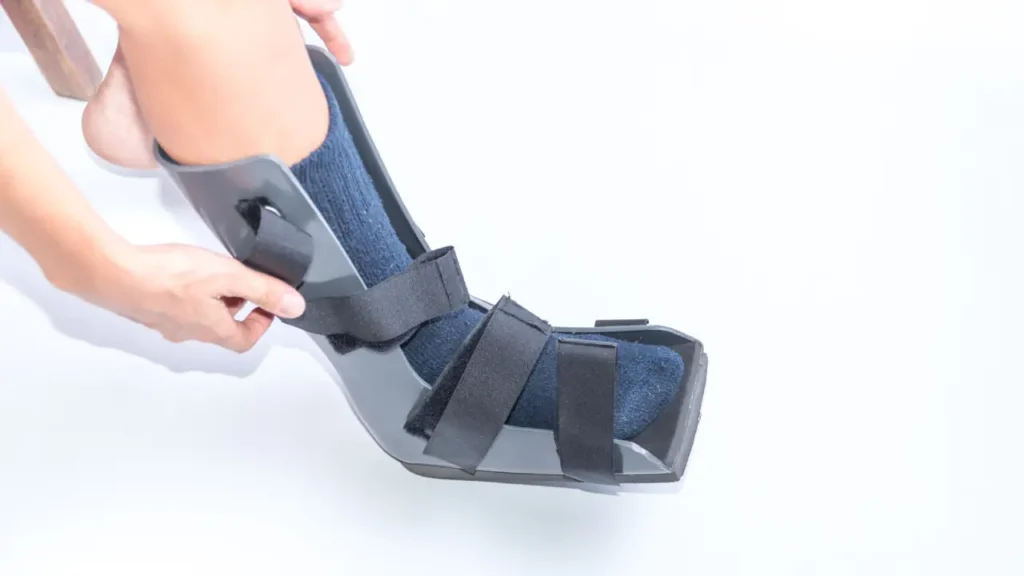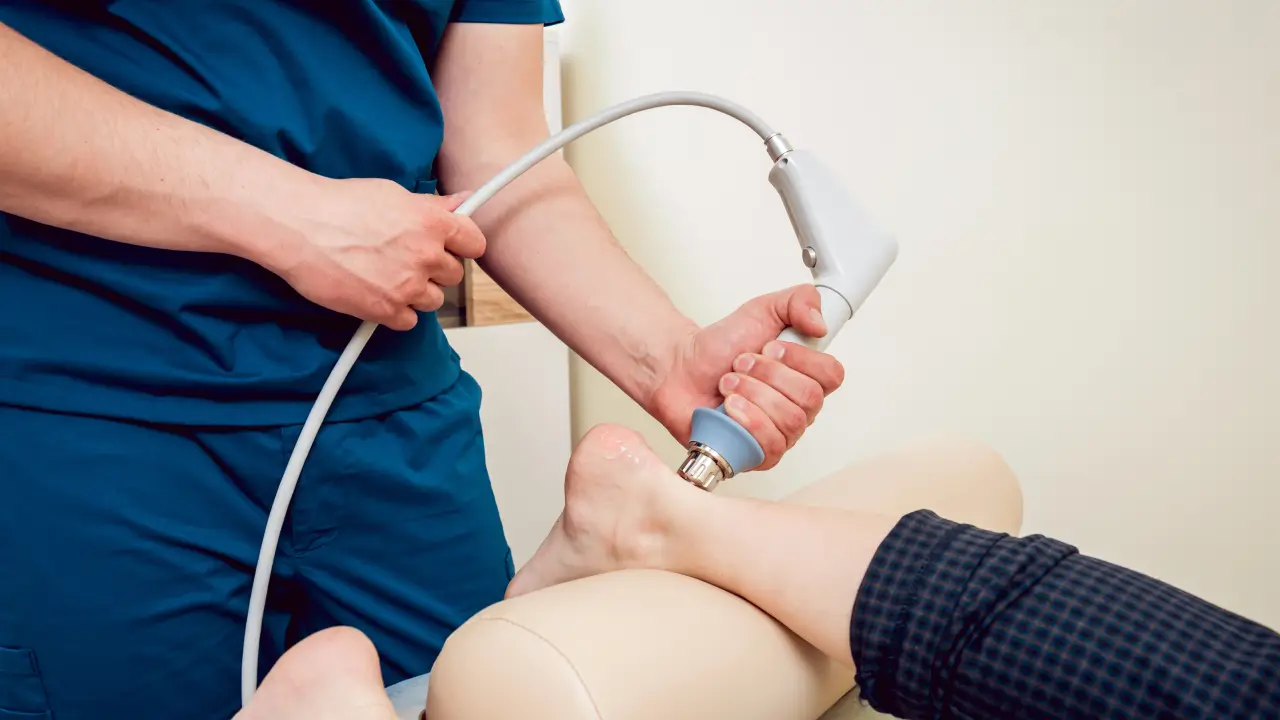9 Signs Shockwave Therapy Could Be the Game-Changer for Your Recovery

9 Orthotic Braces Features That Improve Posture and Alignment
What Role Do Orthotic Braces Play in Daily Movement?
Many people underestimate the impact of subtle misalignments on Posture, comfort, and joint health. Orthotic braces act as supportive tools that guide the body into proper positions, helping maintain alignment in the feet, ankles, knees, and spine. They are frequently used in physiotherapy settings to assist with rehabilitation, manage pain, and improve Mobility.

For residents, orthotic braces can address underlying biomechanical issues that often lead to chronic discomfort, fatigue, or injury. Whether it’s standing for long hours at work, walking or exercising, braces can provide consistent support and prevent further problems. By promoting proper alignment, orthotic braces reduce undue stress on joints and muscles, which is essential for overall body function and long-term musculoskeletal health.
Why Proper Alignment Matters
Posture isn’t just about appearance—it influences the way your body functions. Misalignment can lead to uneven joint loading, muscle fatigue, and an increased risk of injury over time. For example, a slight imbalance in foot mechanics can result in knee or hip pain and even contribute to lower back issues over months or years.
Orthotic braces help by:
- Providing consistent support to correct foot and ankle mechanics.
- Reducing stress and compensatory movements in the knees and hips.
- Reinforcing healthy Posture during rehabilitation exercises or everyday activities.
Supporting alignment from the ground up ensures that the body moves efficiently and comfortably. This is particularly important for patients recovering from injuries, those with chronic postural issues, or individuals who spend extended periods standing or walking. Proper alignment improves energy levels, reduces fatigue, and enhances overall functional Mobility.
How Orthotic Braces Improve Posture
Orthotic braces combine structural support with comfort features that allow natural movement while guiding joints into proper positions. They function by redistributing forces, stabilizing joints, and reducing abnormal motion, all of which contribute to better Posture. Used alongside physiotherapy exercises, braces help strengthen weak muscles, correct imbalances, and reduce strain.
The combination of passive support from the brace and active therapy ensures that Posture improvements are long-lasting. Over time, patients can notice reduced pain, improved balance, and smoother, more controlled movements. Braces provide greater benefits when clinicians appropriately assess, fit, and integrate them into a personalized physiotherapy plan.
1. Custom-Fitted Foot and Ankle Support
A well-fitted orthotic brace begins with customized foot and ankle support. Each person’s anatomy is different, and variations in arches, pronation, or supination can have a cascading effect on Posture. A custom-fitted brace redistributes weight evenly, stabilizes joints, and promotes proper alignment at the ankles, knees, and hips.
Patients often notice that a proper fit alleviates discomfort that they might have thought was unrelated, such as knee or hip pain caused by subtle foot misalignments. Customization ensures that braces work effectively for long-term Posture improvements rather than offering only temporary Relief.
2. Adjustable Straps and Closures
Adjustable straps and closures make orthotic braces flexible for daily use. They allow users to fine-tune fit and compression based on activity levels or minor joint swelling. Proper adjustment prevents discomfort and maximizes support, which is crucial for maintaining alignment throughout the day.
For example, someone wearing a knee brace during physiotherapy exercises can adjust the fit between sessions to maintain stability without restricting circulation or movement. This adaptability makes orthotic braces versatile tools for both rehabilitation and everyday Posture support.
3. Rigid and Semi-Rigid Frameworks
Braces often include rigid or semi-rigid frameworks that provide structural reinforcement. Rigid braces are ideal for significant misalignments or injury recovery. At the same time, semi-rigid options allow for controlled flexibility during active movement. Both types prevent unnatural movements that can compromise alignment over time.
By guiding joints into neutral positions, these frameworks reduce compensatory behaviours, which often lead to chronic pain or muscle fatigue. The right level of rigidity allows patients to move comfortably while still benefiting from corrective support.
4. Targeted Joint Stabilization
Orthotic braces are designed for targeted joint stabilization, focusing on joints such as the ankle, knee, or lower back. Controlling excessive motion in these joints reduces strain on surrounding muscles and ligaments.
For instance, stabilizing the ankle can prevent abnormal knee rotation, which in turn supports proper hip and spine alignment. This feature is particularly valuable for patients recovering from injuries or managing chronic postural issues, as it helps maintain correct body mechanics throughout daily movement.
5. Shock-Absorbing Cushioning
Shock-absorbing cushioning in orthotic braces helps reduce impact forces while standing, walking, or exercising. It prevents postural fatigue, protects joints from repetitive stress, and encourages even weight distribution.
Patients who spend long periods on their feet, such as healthcare workers, retail staff, or those in active professions, can benefit significantly from cushioned braces. Comfort and support go hand in hand, allowing patients to maintain proper alignment without experiencing soreness or strain.
6. Lightweight Construction
Modern braces use lightweight materials like thermoplastics, carbon fibre, and advanced polymers. Lightweight designs reduce fatigue, encourage regular use, and make the braces easy to wear for extended periods.
This feature is crucial for people integrating braces into their physiotherapy routines or daily lives, as heavy devices can discourage consistent use. Lightweight braces deliver adequate support without interfering with Mobility.
7. Breathable Materials
Comfortable, breathable materials prevent sweating and skin irritation during extended wear. Patients are more likely to comply with usage recommendations if the brace feels comfortable, and consistent use is essential for long-term alignment benefits.
Active individuals can also wear orthotic braces with breathable designs during exercises or physiotherapy sessions without experiencing discomfort.
8. Ergonomic Contouring
Ergonomic contouring ensures that orthotic braces follow the body’s natural curves, providing targeted pressure without creating hotspots or discomfort. Contoured braces encourage proper spinal and joint alignment while allowing natural movement.
Ergonomic designs also improve adherence, as patients are more likely to wear braces consistently if they feel natural and supportive. This continuous guidance reinforces healthy Posture habits over time.
9. Integration With Physiotherapy Programs
The most effective braces complement physiotherapy programs. Braces that allow movement while working with strengthening routines help patients actively reinforce proper Posture. Physiotherapists can tailor exercises to work with braces, enhancing alignment improvements over time.
By integrating orthotic braces into structured therapy, patients receive both passive support and active reinforcement, which maximizes long-term benefits for Posture, balance, and joint health.
Orthotic Braces as a Complete Solution
Orthotic braces provide more than temporary Relief—they deliver structural guidance, reduce joint stress, and support functional movement. Features like custom support, ergonomic design, cushioning, and integration with physiotherapy make them a reliable solution for Posture and alignment issues.
At Greenhill Physiotherapy, we guide patients in selecting, fitting, and using orthotic braces effectively. Whether recovering from an injury or managing chronic alignment concerns, our clinic offers the expertise to improve Posture, enhance comfort, and support long-term musculoskeletal health.


